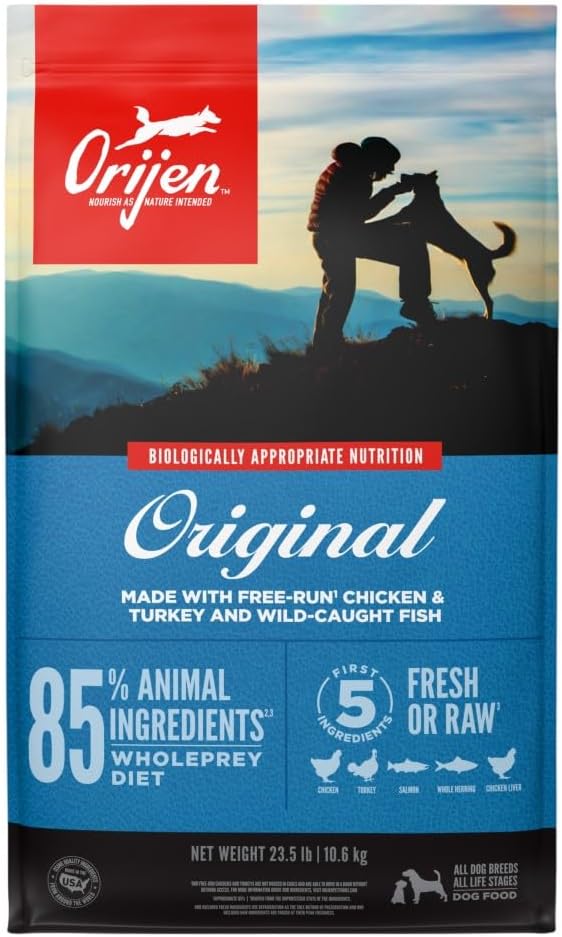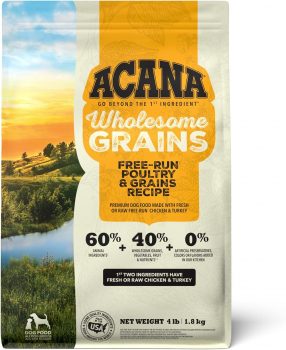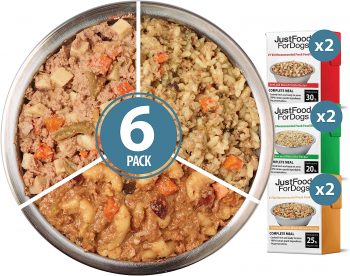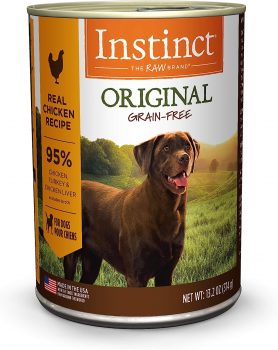When feeding a Great Pyrenees, it’s not just the quantity of food that matters but the quality and calorie density as well. These dogs, known for their protective instincts and serene disposition, have a comparatively slow metabolism. This factor, combined with their size, means that their dietary needs are quite specific. Feeding them properly is paramount to prevent health issues like obesity or malnutrition.
1. Understanding the Dietary Needs of a Great Pyrenees
Great Pyrenees typically weigh between 85 to 160 pounds, with males generally being larger than females. Their dietary needs will change from puppyhood to adulthood and continue to evolve as they enter their senior years. Puppies, for example, require more calories and protein to support their rapid growth, while adults need a diet formulated to maintain their health and body weight.
2. Caloric Requirements and Food Types
The average adult Great Pyrenees needs about 2200 to 3000 calories per day. However, this can vary widely. An active dog might require 30 calories per pound of body weight, while a more sedentary one might only need 20 calories per pound. The type of food you choose is also crucial. High-quality dog food with meat as the first ingredient is typically more calorie-dense than cheaper options filled with fillers.
3. Feeding Quantities and Schedules
Puppies should be fed 3-4 times a day with puppy-formulated food, while adults do well with two meals per day. For an adult Great Pyrenees, starting with the guidelines on the dog food packaging is wise, adjusting as needed based on their condition and activity level. A common recommendation is about 4-6 cups of high-quality dry food per day, split between two meals.
4. Adjusting Food Amounts for Individual Needs
Monitor your dog’s weight and body condition closely and adjust food quantities accordingly. If your dog is gaining unwanted weight, decrease the amount slightly. If they seem too thin or are losing weight, you may need to increase their food intake. Regular check-ups with a vet can help determine the ideal weight and body condition for your specific dog.
5. Treats and Additional Nutrition
Treats should be given sparingly and not make up more than 10% of your dog’s daily caloric intake. Additionally, some Great Pyrenees may benefit from supplements, especially if they have specific health needs or are fed a homemade diet. Always consult with a vet before adding supplements to your dog’s diet.
6. Cost Estimates for Feeding a Great Pyrenees
The cost of feeding a Great Pyrenees can vary widely depending on the type of food you choose. Premium dog foods are more expensive, but you may feed less due to higher calorie content. On average, expect to spend about $60 to $120 per month to feed an adult Great Pyrenees with high-quality commercial dog food.
Our 5 Top Foods for Great Pyrenees
The diets were selected by our founder Justin Palmer, a certified canine nutrition expert, specifically with Great Pyrenees in mind:
| Food | Pros | Cons |
|---|---|---|
|
|
|
|

Check Today's Price on: |
|
|

Check Today's Price on: |
|
|

Check Today's Price on: |
|
|

Check Today's Price on: |
|
|
Conclusion
Feeding a Great Pyrenees requires attention to detail and an understanding of their unique needs. By considering the caloric content of food, monitoring your dog’s weight, and adjusting portions as necessary, you can ensure that your Great Pyrenees remains healthy and happy throughout their life. Always remember to factor in the costs associated with their diet when planning for your pet’s needs, and consult with a vet for personalized advice.
Frequently Asked Questions About Feeding a Great Pyrenees
1. How much food should I feed my adult Great Pyrenees each day?
An adult Great Pyrenees typically requires about 4-6 cups of high-quality dry food per day, divided into two meals. However, the exact amount can vary depending on the dog’s age, weight, and activity level. It’s essential to monitor your dog’s body condition and adjust food portions accordingly.
2. Can I feed my Great Pyrenees a grain-free diet?
Yes, you can feed your Great Pyrenees a grain-free diet if you prefer. However, it’s crucial to ensure that the diet is well-balanced and meets all of your dog’s nutritional needs. Consult with a veterinarian before making significant changes to your dog’s diet, especially with the recent concerns about grain-free diets and heart health in dogs.
3. How often should I feed my Great Pyrenees puppy?
Great Pyrenees puppies should be fed three to four times a day. This frequent feeding schedule supports their rapid growth and helps maintain a steady energy level throughout the day. As they grow, the frequency can be reduced to twice daily.
4. Are there any specific ingredients I should look for in Great Pyrenees food?
When choosing food for a Great Pyrenees, look for high-quality ingredients with meat as the first listed item, indicating a good protein source. Avoid foods with excessive fillers and artificial additives. The food should also have a balanced composition of fats, carbohydrates, and fiber to support their overall health.
5. How do I know if my Great Pyrenees is overweight and how can I adjust their diet?
You can tell if your Great Pyrenees is overweight by feeling for their ribs and looking at their waistline from above. If the ribs are hard to feel and there’s no visible waist, your dog may be overweight. To adjust their diet, slightly reduce the amount of food you provide and increase their exercise, then reassess after a few weeks.
6. What supplements should I add to my Great Pyrenees’s diet?
Supplements are not always necessary for a Great Pyrenees if they are on a balanced diet. However, some may benefit from specific supplements like fish oil for skin and coat health or glucosamine for joint support. Always consult with your vet before adding any supplements to your dog’s diet.
7. How much will it cost to feed my Great Pyrenees each month?
The monthly cost of feeding a Great Pyrenees can range from $60 to $120, depending on the type and quality of food you choose. Premium foods are more expensive but may require smaller portions due to higher nutrient density, while economy foods might be cheaper but less nutrient-dense, leading to larger portions needed.
8. Can I give my Great Pyrenees table scraps?
While it’s tempting to share your food with your Great Pyrenees, it’s generally not recommended to give them table scraps. Human food can be high in calories and lack the proper nutrients dogs need. If you do give them scraps, it should be in moderation and not include harmful foods like chocolate, onions, or grapes.
9. How can I transition my Great Pyrenees to a new type of dog food?
To transition your Great Pyrenees to new dog food, gradually mix the new food with the old over the course of a week, increasing the proportion of new food each day. This gradual change helps prevent digestive upset and allows your dog to adjust to the new flavor and texture.
10. What is the best feeding schedule for an adult Great Pyrenees?
The best feeding schedule for an adult Great Pyrenees is twice daily, once in the morning and once in the evening. Consistent meal times help regulate their digestion and energy levels. It’s also essential to ensure they have access to fresh water at all times.
 Check Today's Price on:
Check Today's Price on:
 Toledo, United States.
Toledo, United States.